

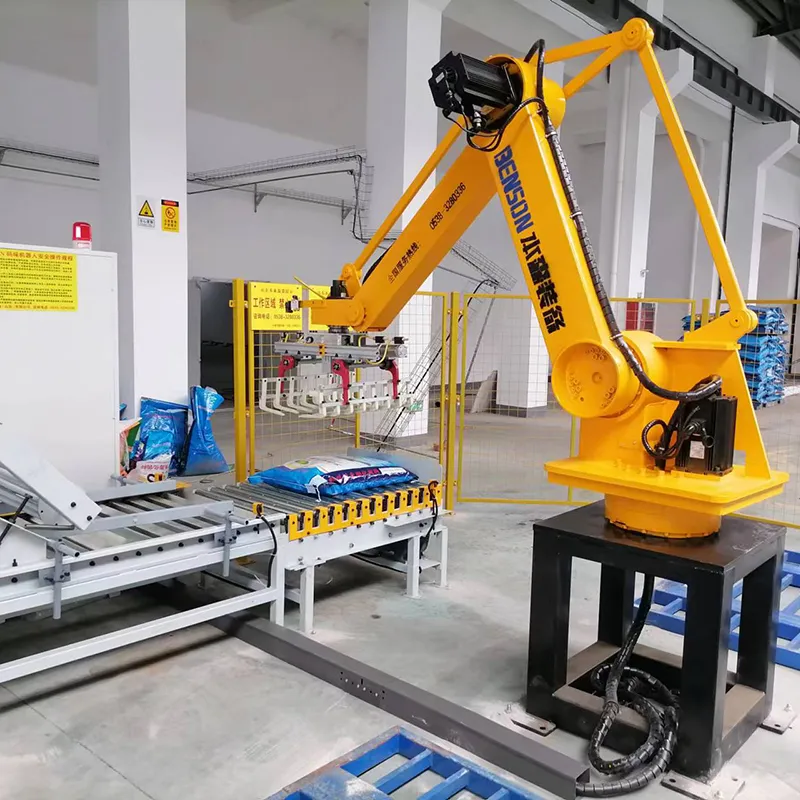
The classification of industrial palletizing robots is mainly based on the arrangement of goods, structural characteristics and application scenarios. The common classifications are as follows:
1. Classification by intra-layer arrangement
The stacking type is characterized by a completely aligned regular arrangement. Each layer of goods is uniform horizontally or vertically, which is suitable for boxed goods with stable structures. Although the stacking efficiency is high, the friction between layers is insufficient;
The criss-cross type forms a "well" bite through the vertical arrangement of two adjacent layers, which significantly enhances stability and is suitable for high stacks of rectangular packaging boxes;
The rotating staggered type forms a plum blossom-shaped gap by rotating the center dislocation, taking into account uniform force and space utilization, especially suitable for cylindrical or ventilated goods; the center-dispersed type realizes dense stacking of small-sized goods in a radial arrangement, which requires high positioning accuracy of the robot.
2. Classification by cargo type
Boxed goods rely on standardized arrangement. Regular box types are preferentially stacked or criss-crossed, and are suitable for general pallets; special-shaped box types require customized center of gravity balance solutions.
Bags of goods are flexible packaging, and they need to form a "skirt" by overlapping the edges to enhance friction. They are often staggered in both positive and negative directions and compacted at the edges.
Barreled/bottled goods are easy to roll because of their cylindrical shape, so they are often arranged in plum blossom style, and the upper layer is embedded in the gap between the lower layer to achieve groove positioning.
Plates/metal parts are heavy objects, and the center of gravity is centered. The layers need to be padded with partitions to prevent slipping. Single or few layers are often used for simple staggering.
3. Classification by the shape of the stack
The rectangular/cubic stack is the most standard form, which strictly adapts to the shelf size and pallet specifications, and is convenient for automated loading and unloading and standardized storage.
The conical stack adopts a structure with a wide bottom and a narrow top (such as reducing pieces layer by layer), and improves the anti-dumping ability by moving the center of gravity downward. It is suitable for goods that are easy to slide, such as bagged cement.
The hollow stack reserves a channel in the center of the stack (such as leaving the cylinder empty), which not only meets the ventilation and heat dissipation requirements, but also facilitates subsequent loading and unloading operations. It is common in chemical barrels.
4. According to the number of stacking layers and mechanical execution methods
Single-layer stacking uses a conveyor belt to transport materials. After the direction is adjusted by the steering mechanism, the materials are closely arranged in the set order on the layer conveying device, and are transferred to the next station through the conveyor roller to complete the single-layer stacking. The structure is basic and the process is simple;
The support plate of multi-layer stacking is located under the conveyor belt and can move left and right. After the materials are arranged on the plate, they are moved to the left limit position. The baffle limit forms a single row. Repeat the operation to stack layer by layer. Each additional layer of the lifting platform is reduced by one layer until the target height is reached. It is suitable for complex multi-layer stacking;
Arrangement stacking moves the materials to the collection table through the push plate. When moving to the left, three layers are pushed up from the bottom to the top. With the help of the inclined device and the special structure of the collection table, multi-layer orderly stacking is achieved, and the mechanical device in the process ensures stability.
The above classification forms a complete system from technical logic, cargo characteristics, physical form to industry adaptation. In actual application, it is necessary to combine stability, space efficiency, equipment capacity and other multi-dimensional comprehensive design of the stacking plan.
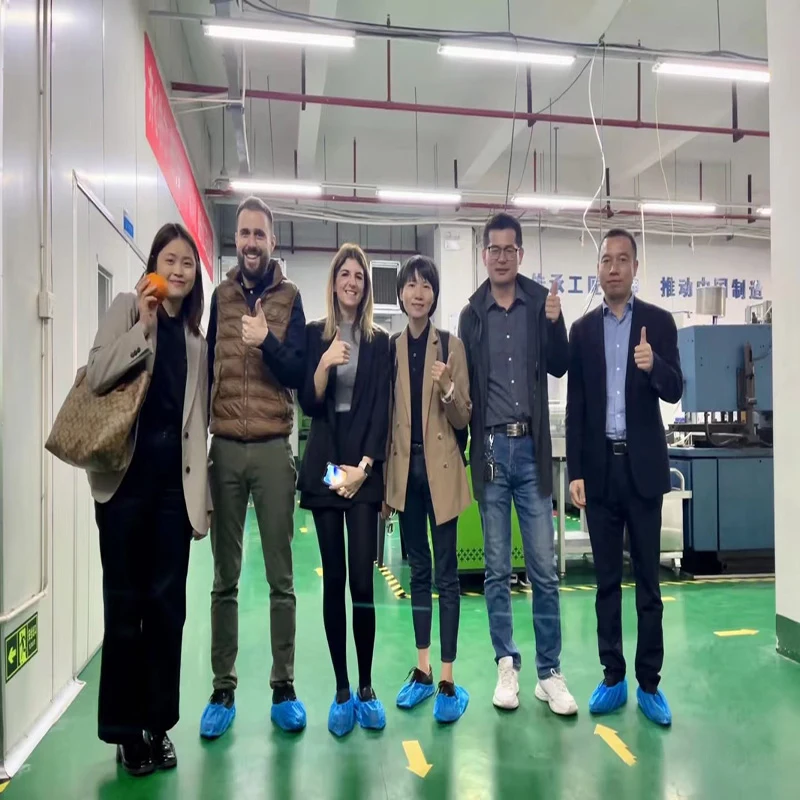
2025-03-03
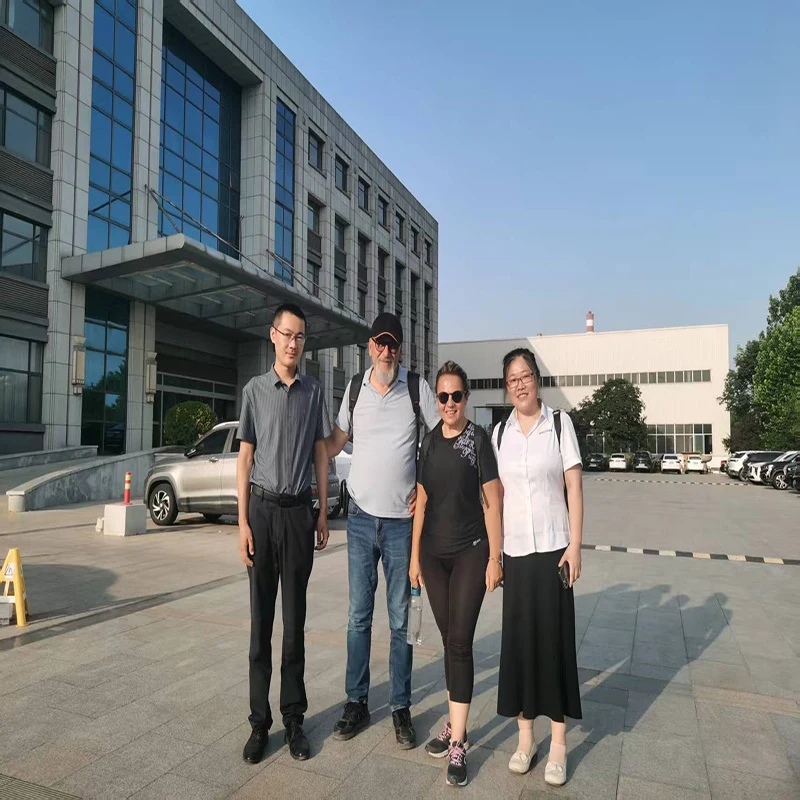
2025-03-03
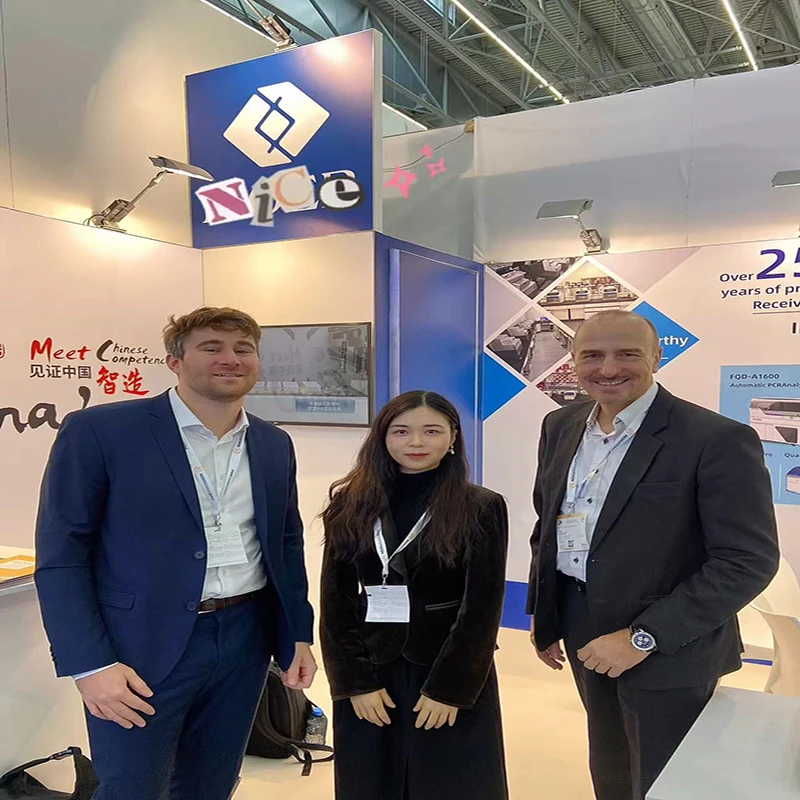
2025-03-03
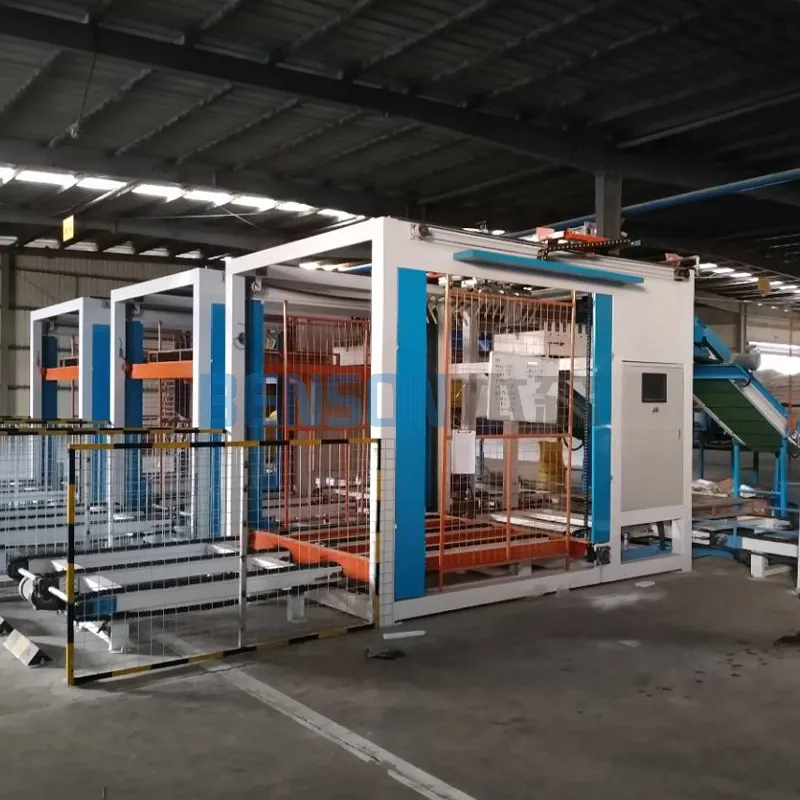
Introduce the working principle of high-level palletizing robot
2025-03-03
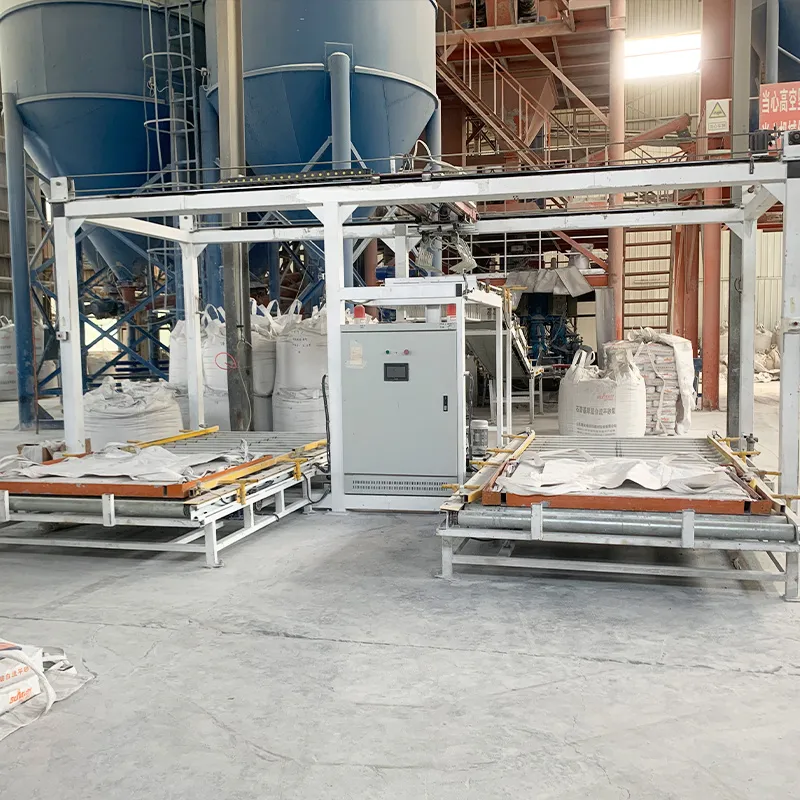
Introduce the advantages of high-level palletizing robots
2025-03-03
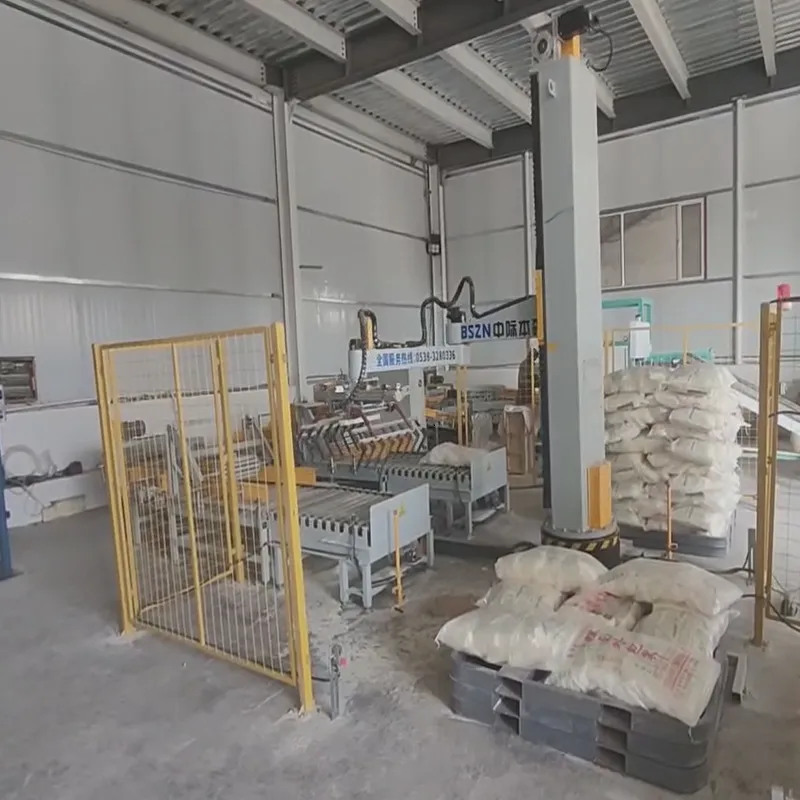
Feed palletizing robots can be adapted to various working environments and can also be customized
2024-10-16
Product Inquiry